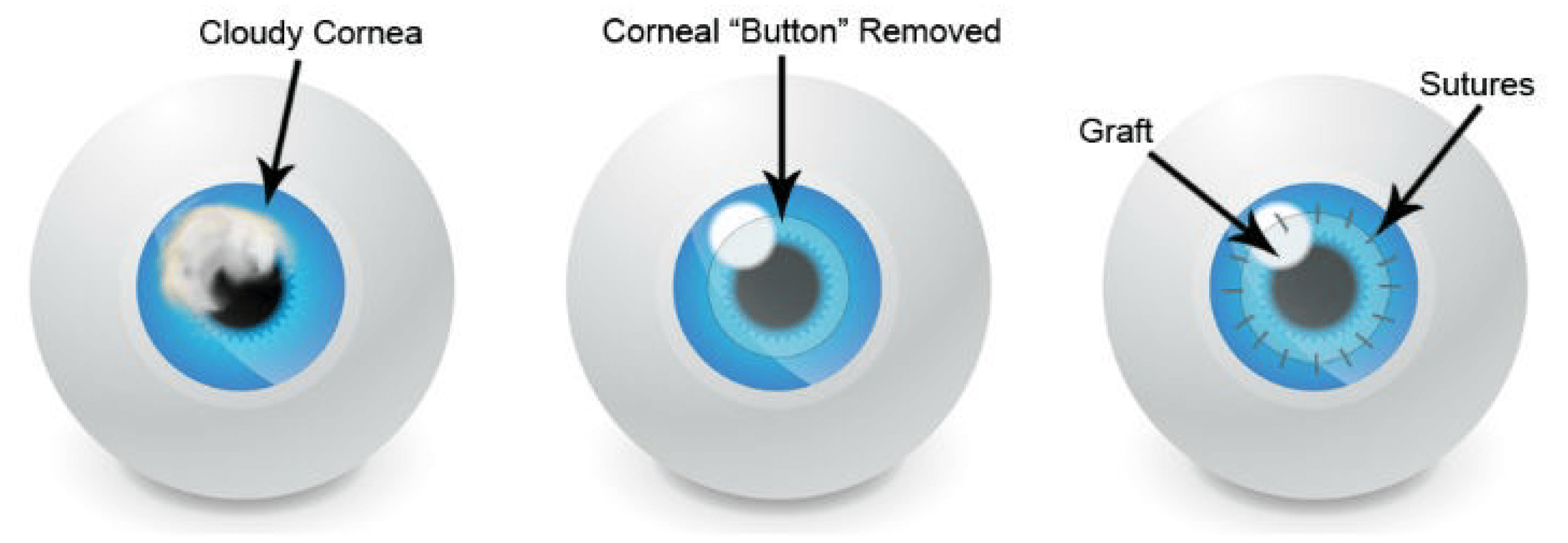Keratoconus Treatment in Rochester, NY
Also serving Victor area patients
Corneal Transplant Surgery – DSAEK In Rochester, NY
Also Serving Brighton, Gates, Irondequoit & Victor
About Corneal Transplantation
Corneal transplantation, or keratoplasty, replaces the damaged cornea with a healthy one from a donor. During a corneal transplant, a circular incision is made in the cornea. A disc of tissue is removed and replaced with healthy tissue. Local and/or general anesthesia may be used. The entire procedure lasts between 30-90 minutes. It is a low-risk procedure and is the most common type of transplant surgery that has the highest success rate. Corneal transplantation is an alternative treatment to INTACS prescription inserts and rigid gas-permeable contact lenses for patients with keratoconus.
About DSAEK
DSAEK is the latest technique in corneal transplantation. Short for Descemet-Stripping Automated Endothelial Keratoplasty, DSAEK offers clear post-operative vision and short recovery time to patients in need of new corneas.

During the procedure, the surgeon makes a mark on the surface of the patient’s cornea with a trephine (an instrument used to cut circular sections of tissue). That mark serves two purposes: it helps the surgeon determine what size the transplant should be, and it outlines the area of the patient’s cornea that needs to be peeled away. Next, the surgeon scores the damaged section of the cornea and strips the membrane away from the eye. The donor cornea is folded into a taco shape and placed on the eye. Only a single stitch is needed to close this incision.
Sometimes the new cornea unfolds on its own; other times, the surgeon unfolds it him/herself. When it is unfolded, a second stitch is made to close the wound and anchor the new cornea in place. The surgeon then injects an air bubble underneath the cornea, making sure it is centered on the eye.
Patients are sent to the recovery room for about one hour, after which they are examined at the slit lamp with the doctor. He or she gently presses on the cornea until most of the air bubble is released. Patients are then given antibiotics and steroid eye drops and asked to return the next day for a follow-up appointment.
Our corneal transplant experts are always happy to answer any questions you may have.